
12 Fish Species You Need to Know to Avoid
Eating fish is one of the healthiest choices you can make — rich in protein, omega-3 fatty acids, and essential nutrients. But not all fish are created equal when it comes to safety.
Some species are known to carry higher levels of contaminants, toxins, or digestive risks — especially for pregnant women, children, and anyone who eats fish regularly.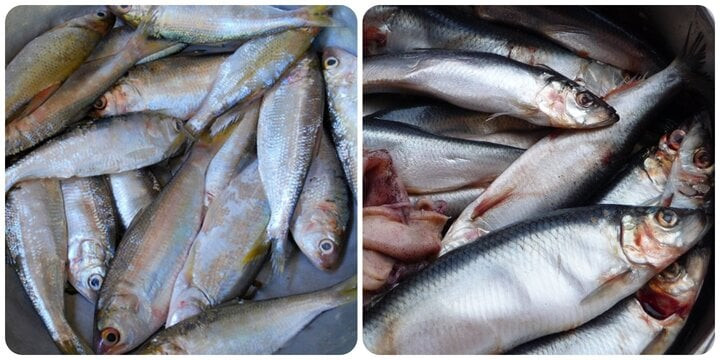
🚫 The Main Hazards Found in Certain Fish
-
Mercury (methylmercury)
A powerful neurotoxin that builds up in large, predatory fish. It’s especially harmful to developing brains and nervous systems. -
Persistent Organic Pollutants (POPs)
Includes PCBs and dioxins — fat-soluble chemicals that accumulate in fish fat and may affect hormone systems, immunity, and cancer risk. -
Microplastics & Related Chemicals
An emerging area of concern. Fish may ingest tiny plastic particles, which carry additional chemical contaminants. -
Parasites & Foodborne Bacteria
Particularly relevant for raw or undercooked fish like sushi or ceviche. -
Other Specific Toxins
Certain species (e.g. escolar) contain substances that can cause digestive upset even if not chemically contaminated.
🚫 12 Fish Species Commonly Considered “High Risk”
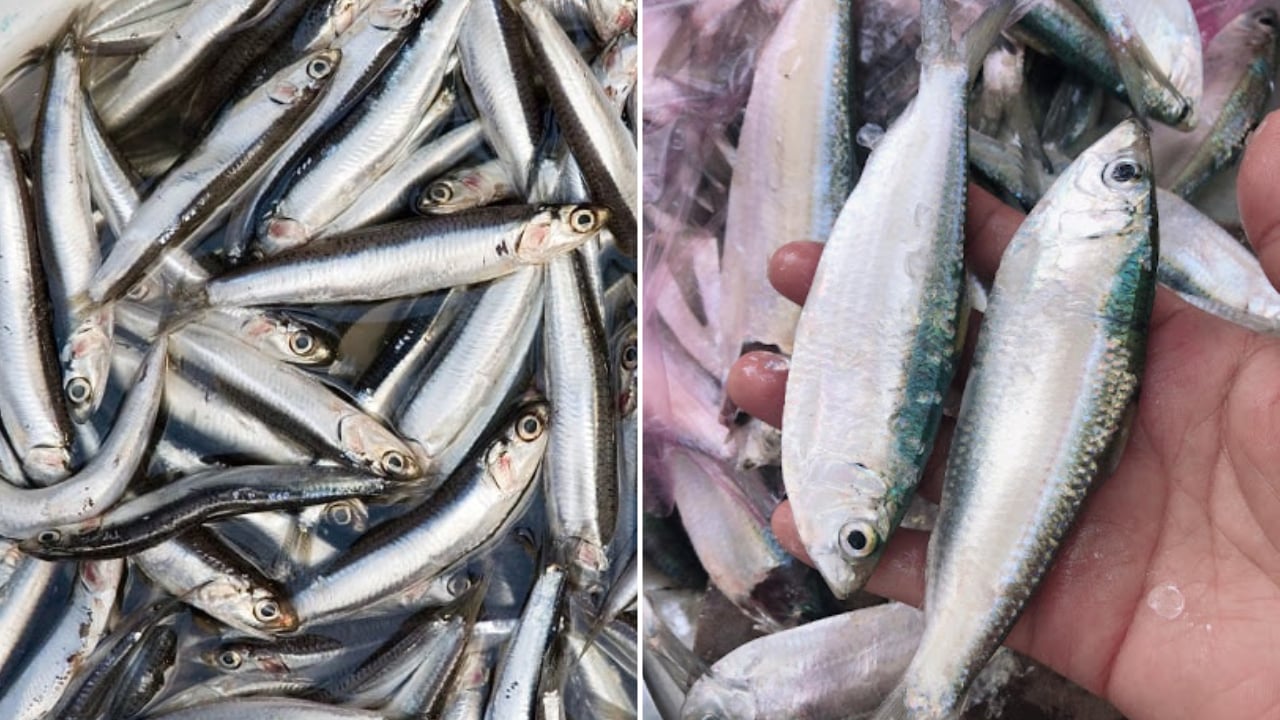
Many health agencies agree that the following species should be avoided or limited, especially by sensitive groups:
1. Shark
Very high in mercury due to its size and position at the top of the food chain. Avoid during pregnancy or for young children.
2. Swordfish
Also a top predator with high mercury levels. Not recommended for pregnant women or frequent consumption.
3. King Mackerel (Kingfish)
Regularly ranks high in mercury. Easily confused with Atlantic mackerel (which is much safer).
4. Tilefish (Gulf of Mexico)
One of the highest mercury readings among tested species.
5. Bigeye Tuna / Ahi / Some Yellowfin Tuna
Often used in sushi/sashimi. Contains significantly more mercury than canned light tuna.
6. Marlin
Large, long-lived, and high in mercury.
7. Orange Roughy
Can live over 100 years, giving it decades to accumulate mercury and PCBs.
8. Large Grouper Species
May contain elevated mercury depending on the size and age of the fish.
9. Bluefish
Moderate to high in mercury and sometimes PCBs (varies by region).
10. Farmed Salmon (low-quality sources)
Some older studies showed high levels of PCBs and dioxins in poorly managed farms. Modern, well-regulated farms are safer — know your source.
11. Other Large Pelagic Species
This includes albacore tuna (in large portions), and relatives of swordfish and king mackerel. The bigger the fish, the greater the mercury risk.
12. Escolar / Oilfish
Contains indigestible wax esters that can cause severe digestive issues (like oily diarrhea), even in moderate amounts. Not technically toxic, but often advised against.
🧪 Why These Fish Are Riskier: A Short Science Breakdown
Mercury & Biomagnification
-
Mercury in oceans is converted to methylmercury by microbes.
-
Small fish eat it, bigger fish eat them — and mercury accumulates.
-
Result: The higher up the food chain, the more mercury in the meat.
Fat-Soluble Pollutants (PCBs, Dioxins)
-
These chemicals dissolve into fat and build up over time.
-
Found more in fatty fish or fish from polluted waters (including poorly farmed salmon).
Fish Age & Habitat
-
Long-lived, slow-growing species (like orange roughy) accumulate more contaminants simply due to time.
Parasite Risk
-
Especially in raw or undercooked fish, which may carry Anisakis, tapeworms, or Vibrio/Salmonella bacteria. Freezing and proper handling reduce the risk — but don't eliminate it completely.
✅ Safer Fish Choices: Nutritious & Lower in Contaminants
These fish offer omega-3s, lean protein, and lower levels of mercury and POPs:
🐟 Wild-Caught Alaskan Salmon (sockeye, coho, pink)
-
Low mercury, high omega-3s
-
Sustainable and widely recommended
🐟 Sardines (canned)
-
Very low mercury
-
Rich in omega-3s and calcium (from edible bones)
🐟 Anchovies
-
Tiny, oily, packed with nutrients and minimal mercury
🐟 Herring
-
Similar to sardines in profile
🐟 Atlantic Mackerel (not king mackerel)
-
Safe, low-mercury alternative in the mackerel family
🐟 Trout (especially farmed rainbow trout from trusted sources)
-
High in omega-3s, generally low in contaminants
🐟 Tilapia (moderate intake)
-
Low mercury, though nutrition varies by source — choose responsibly farmed
🐟 Cod, Pollock, Haddock
-
Good white fish options, lower in mercury
🐟 Light Canned Tuna (skipjack)
-
Safer than albacore; still recommended to limit to 1–2 servings/week for sensitive groups
🧭 Rule of thumb:
Prefer smaller, shorter-lived fish and avoid large predators.
🕒 How Often Should You Eat Fish?
🧑⚕️ For Most Healthy Adults:
-
2–3 servings per week of low-mercury fish
-
Total: ~8–12 oz (225–340 g) weekly
🤰 For Pregnant Women, Breastfeeding Mothers & Children:
-
Avoid high-mercury species listed above
-
Choose low-mercury fish like wild salmon, sardines, trout
-
Limit albacore/white tuna to 4–6 oz (1 serving) per week
-
Follow local advisories for freshwater fish
🍣 Is Raw Fish Safe?
It depends. Raw fish can be delicious, but carries extra risks:
❌ Risk Factors:
-
Parasites: Anisakis, tapeworms
-
Bacteria: Vibrio, Listeria, Salmonella
-
Viruses: Norovirus, Hepatitis A
✅ Safety Tips:
-
Only eat raw fish from reputable sources
-
Look for fish that’s been properly frozen (e.g. –20°C for 7 days or blast-frozen)
-
“Sushi-grade” is not a regulated term — trust your supplier
⚠️ Avoid raw fish if you are:
-
Pregnant
-
Immunocompromised
-
Elderly
-
Feeding young children
🛒 Smart Tips for Shopping & Eating Fish
-
✅ Check regional advisories (especially for locally caught fish)
-
✅ Rotate fish choices — don’t eat the same species daily
-
✅ Prefer small fish (sardines, anchovies, light tuna)
-
✅ Know your source — look for MSC or ASC sustainability certifications
-
✅ Trim skin and belly fat to slightly reduce POPs like PCBs
-
✅ Cook thoroughly to kill parasites and bacteria
-
❌ Avoid escolar unless you know the risks
✅ Quick Takeaway: What to Remember
| Avoid / Limit | Safer, Healthier Choices |
|---|---|
| Shark, swordfish, king mackerel, tilefish | Wild Alaskan salmon, sardines, herring |
| Bigeye / ahi tuna, marlin, orange roughy | Trout, anchovies, cod, pollock, haddock |
| Escolar / oilfish (digestive side effects) | Light canned tuna (skipjack), Atlantic mackerel |
| Poor-quality farmed salmon (check your source) | Responsibly farmed rainbow trout |
Final Thoughts
Fish can be one of the healthiest foods on your plate — but also one of the most misunderstood.
By choosing nutrient-rich, low-contaminant species, rotating your options, and being mindful of sourcing, you get all the benefits without the long-term risks.
Because in seafood — as in all of nutrition — balance, variety, and quality matter most.
News in the same category


🩺 Unusual Case of Sweet Syndrome Triggered by New Inhaler Therapy in Primary Care
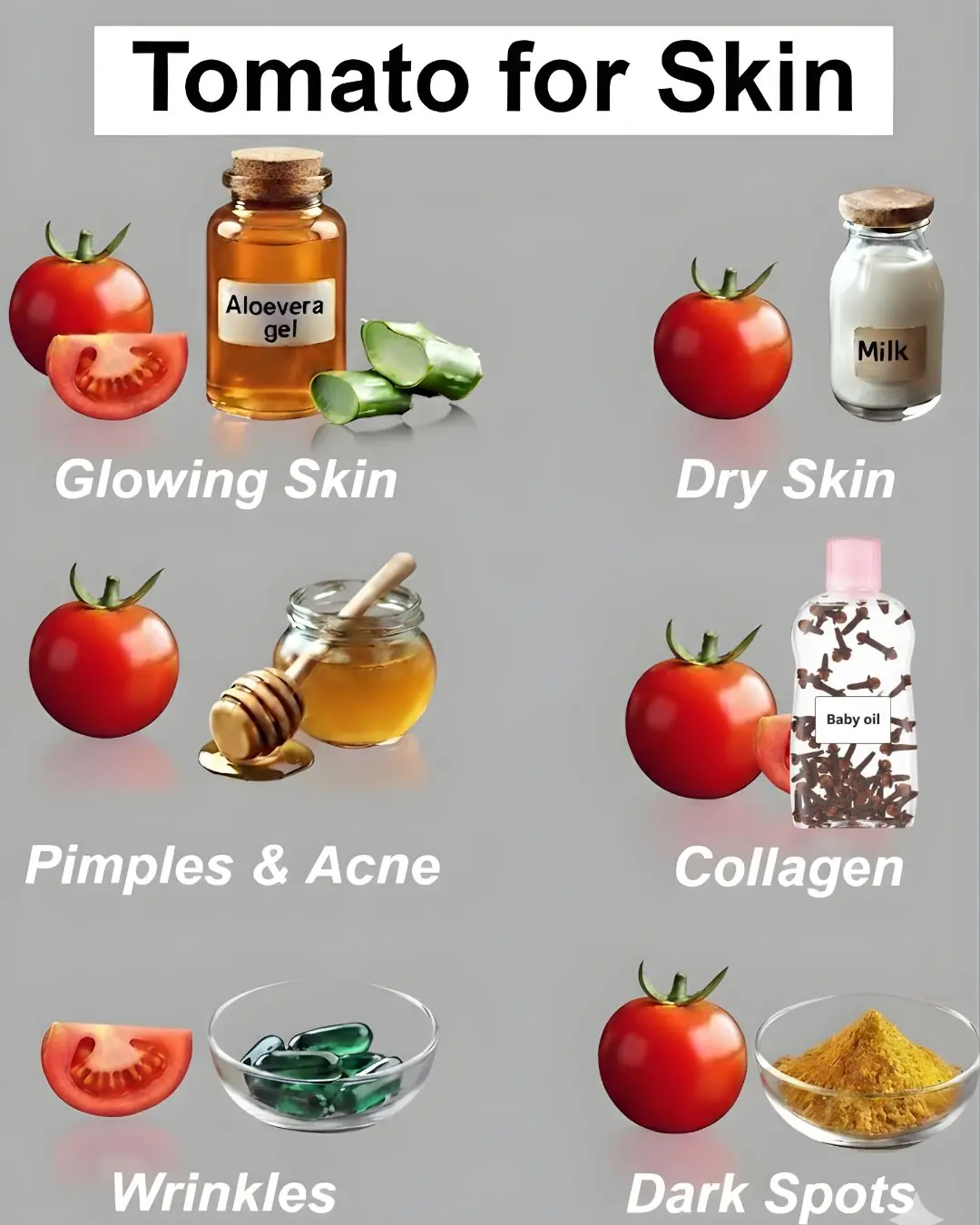
Tomato Benefits for Skin – Rub Tomato Slice on Face
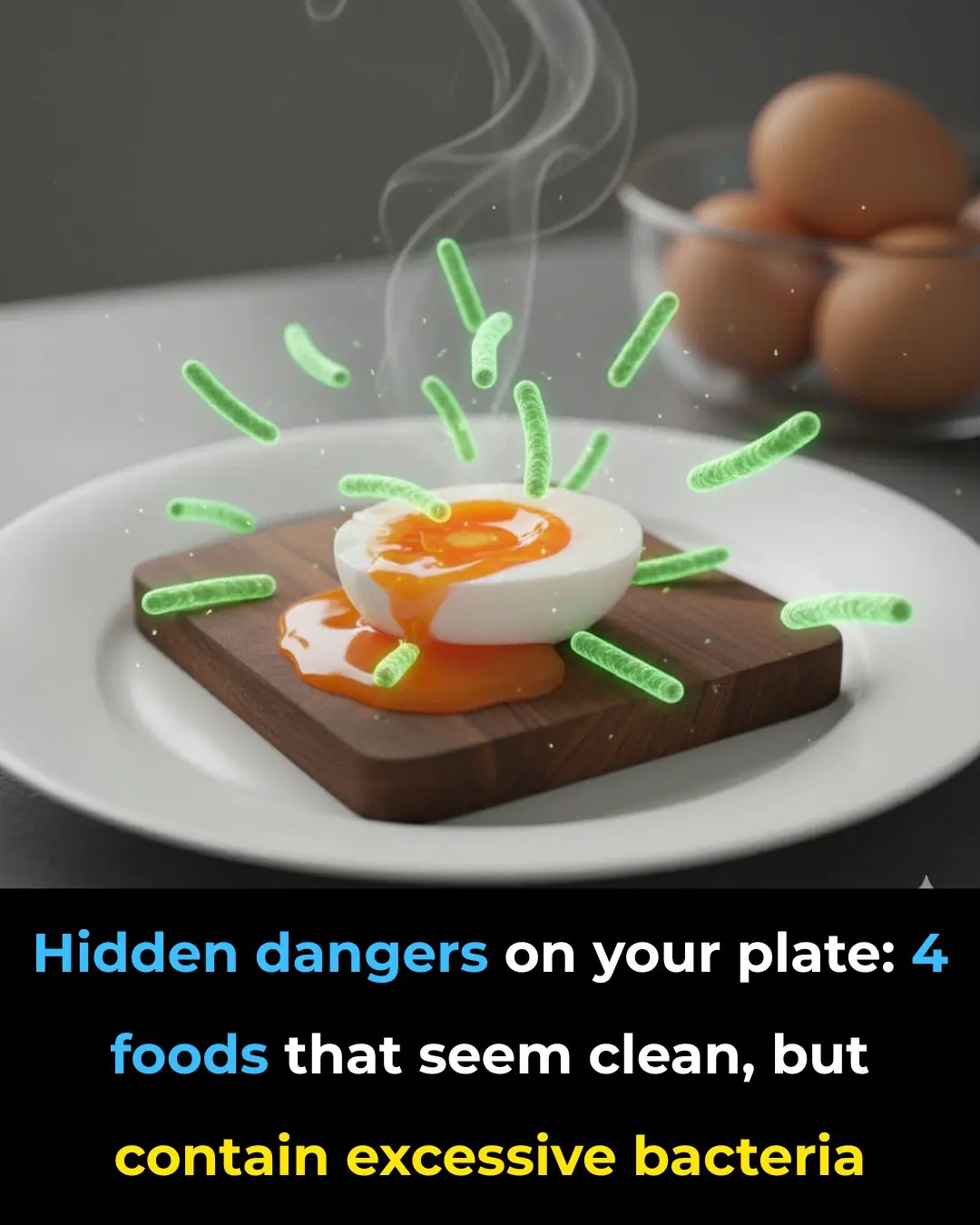
Hidden Dangers on Your Plate: 4 “Clean” Foods That Can Secretly Harm Your Health
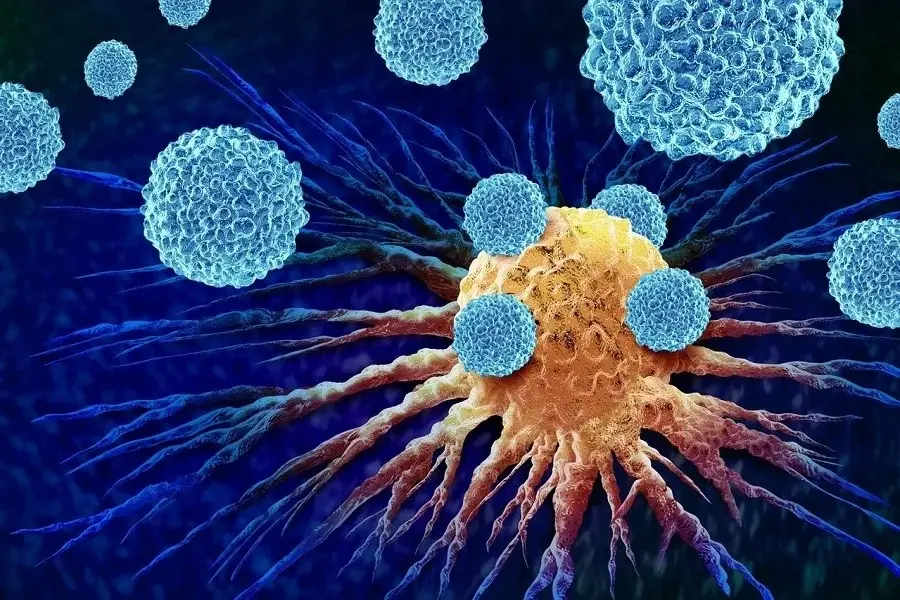
4 Unusual Signs in Your Neck That Could Be Symptoms of Cancer — Don’t Ignore Them

6 Warning Signs in Your Legs That Could Indicate a Serious Disease — Don’t Ignore Them

3 Nighttime Signs That May Indicate Cancer
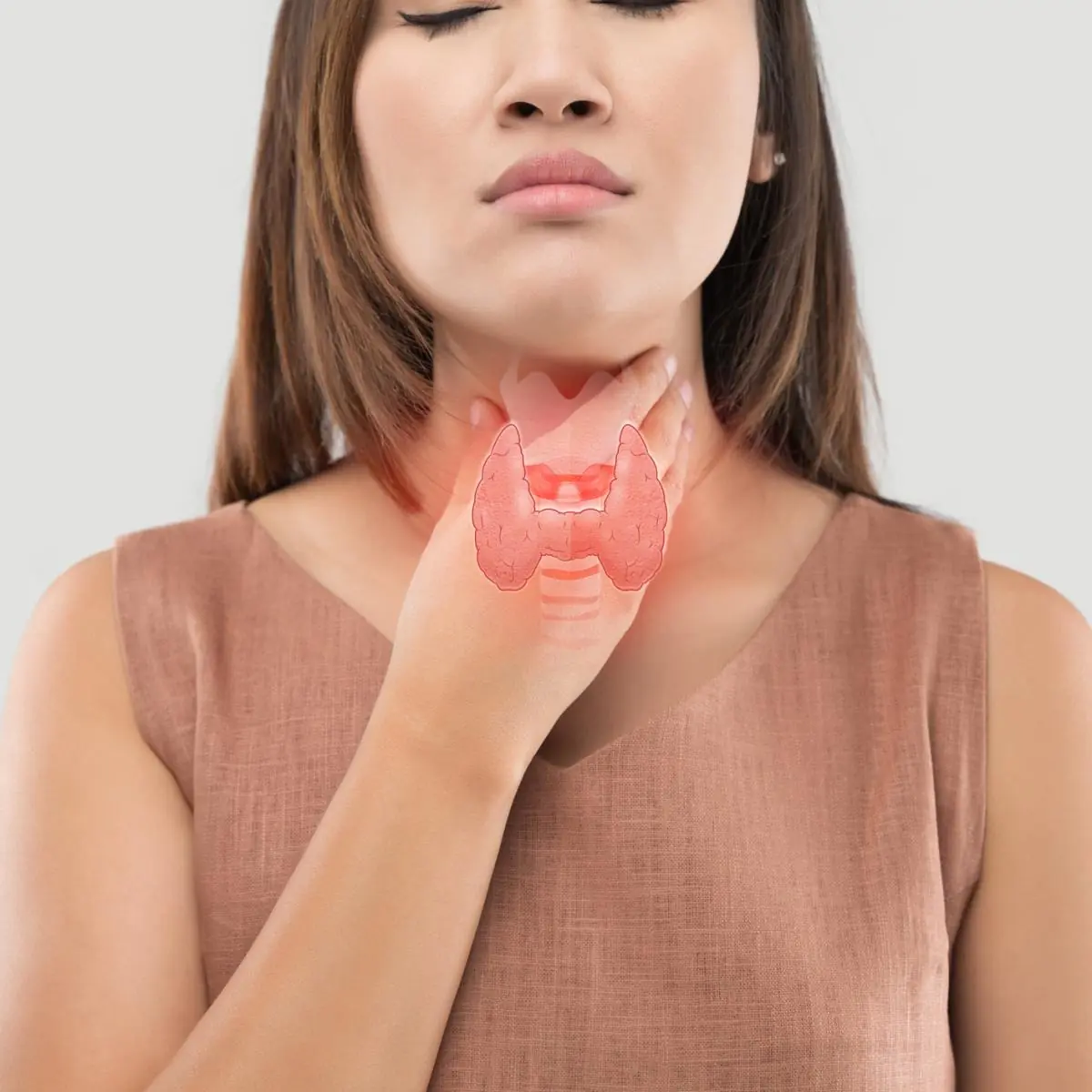
Heal Your Thyroid Naturally in Just 3 Days!

Side Effects and Dietary Recommendations Post Gallbladder Surgery

Be Very Careful: If You Notice This Growth on Your Skin, It Could Be Something Serious

Why Do We Stick One Leg Out of the Covers at Night

Garlic and Rosemary: A Natural Remedy for Joint Pain in Knees, Hips, and Hands

1 Powerful Mineral to Stop Sciatica & Relieve Nerve Pain
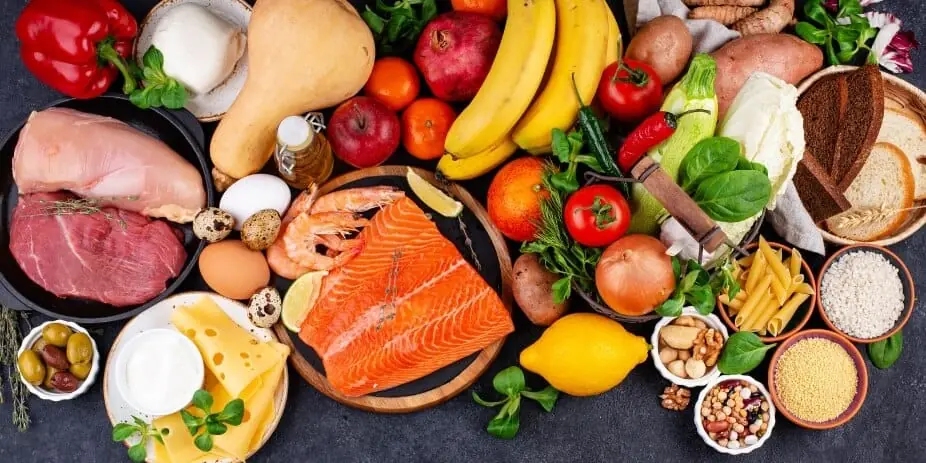
Top 10 Foods to Improve Circulation in Legs and Feet

6 Warning Signs of a Clogged Artery Most People Ignore (Cardiologist Alert)

🦵 If You Suffer from Poor Circulation and Your Legs Feel Heavy, Swollen, or Cold — Here’s What Can Help

Should You Sleep With Socks On
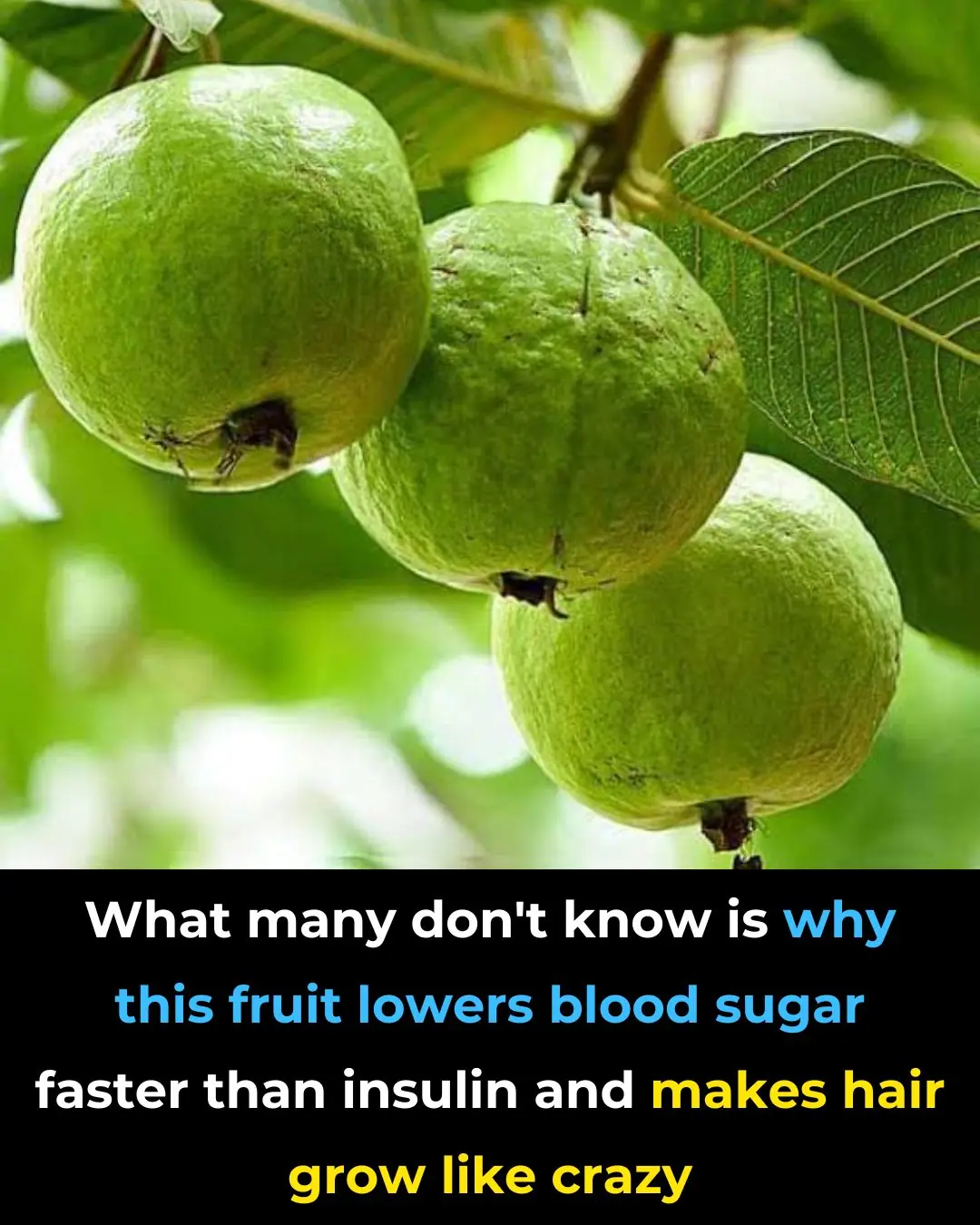
Discover The Power of This Miracle Fruit

Don’t go to sleep without taking this — 1 cup before bed clears excess sugar
News Post

The Heartbreaking Journey of a Mother's Love: A Bear's Unyielding Fight for Her Injured Cub

Celebrating Tucker Bradford’s 11th Birthday: A Story of Strength and Resilience

The Hand That Never Let Go.

A Blind Elephant’s First Embrace: The Moment Ploy Thong Found Her Family.

The Homeless Valedictorian: How One Teen Turned Pain Into Purpose.

The Night a Teen Dove into Darkness to Save Four Lives.

Single Dad Adopts 5 Siblings Under The Age Of Six So They Can Stay Together

Update on Lamo: Injured Dog Faces Uncertain Future After Being Run Over

Becoming Dad: How Love, Patience, and Commitment Built a Family

21 Year Old Hotel Employee Who Managed 90 Guests Alone During Tropical Storm Is Gifted New Car

A Babysitter’s Gift of Life.

Texas Southern University Debate Team Wins 5th World Championship Title

A Daughter’s Timeless Love.

Meet Faith Couch, the Photographer Transforming the Way We See Black Love

A Heart of Gold in the Classroom.

9/11: The Images That Changed the World

The Elephant Who Cleaned the Carnival Grounds

When the Walls Come Down: A Man, an Elephant, and the Quiet Power of Trust.91

A Second Chance for the Oldest Soul: The Story of a Dog Who Found Love Again
